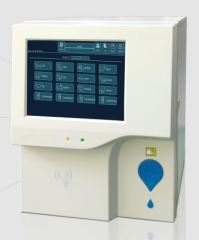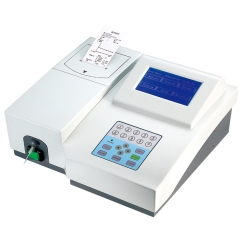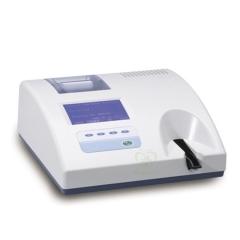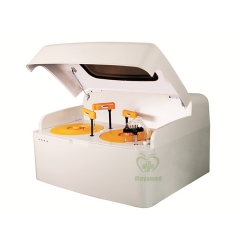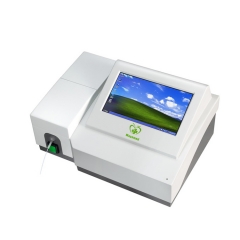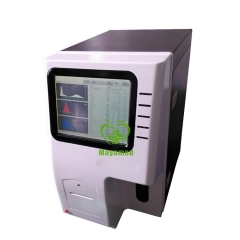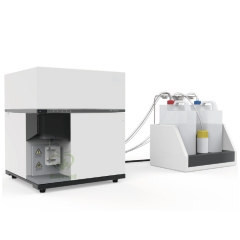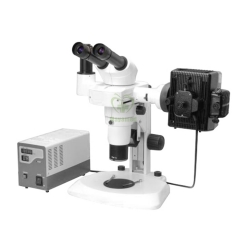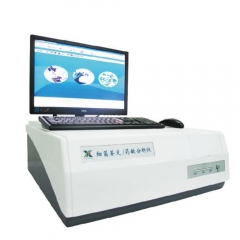Your position: Home > Laboratory equipment
- Description
- Download
Specifications
| MY-B146-2 | |||||
| Name | MY-B146-2 | Diseases | Venous thromb oembolism | Sample Mode | P/W.B |
| Sample Volume | 100μL | Detection Time | 10 min | Diluent or not | Yes |
| Recommended Test Temperature | 23 -25℃ | Measuring Range | 0.10 -10.00 mg /L | Reference Value | 0.50 mg /L |
| Anticoagulant | sodium citrate | Result Interpretation | a. <Reference Value:exclude DVT and PE; b. ≥Reference Value: possibility of DVT, PE, DIC, etc. |
||
| Special groups and measuring values | a.The elderly D-dimer concentration increases with age. The new age -adjusted D-dimer cut -off value is calculated by multiplying the patient's age by 10 in patients older than 50 years. b.Pregnant women D-dimer levels increased progressively and significantly through pregnancy and peaked in the third trimester. c.Cancer patient Many cancer patients are reported to have elevated D-dimer levels. |
||||
| Clinical Application | a.Excluding the diagnosis of pulmonary embolism (PE) and deep vein thrombosis (DVT). b.Monitoring treatment of DIC. c.Monitoring thrombolytic therapy. d.D-dimer might be used to monitor disease progression of COVID-19 and guide whether anticoagulation therapy should be initiated in patients with COVID-19. NOTE: D-dimer has two different units of measure: fibrinogen equivalent units (FEU) and D-dimer units (DDU). Our report D-dimer results using FEU. The mass of the FEU is about 1.7 times greater than the mass of the DDU. |
||||
| Test Procedure | a.Take 100μL sample into diluent and mix gently. b.Add 100μL sample to the test card. c.Wait for 10 min. d.Insert test card and press “Start” to start a test. |
||||
 USD
USD EUR
EUR GBP
GBP CAD
CAD AUD
AUD HKD
HKD JPY
JPY BRL
BRL KRW
KRW CNY
CNY SAR
SAR SGD
SGD NZD
NZD INR
INR AED
AED MOP
MOP
